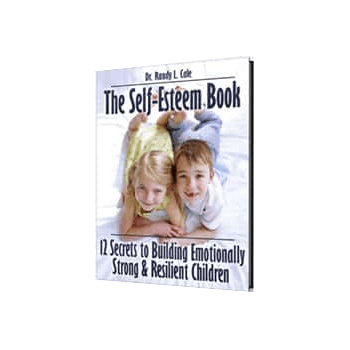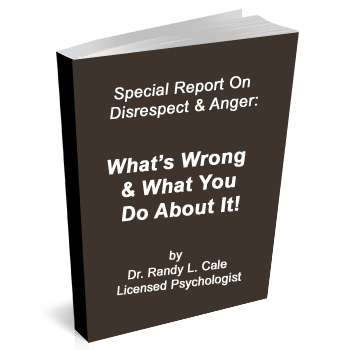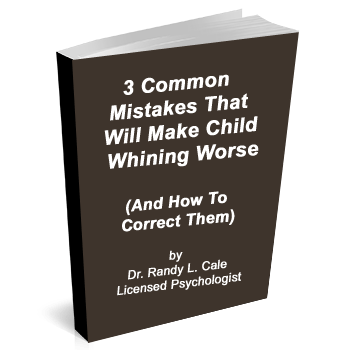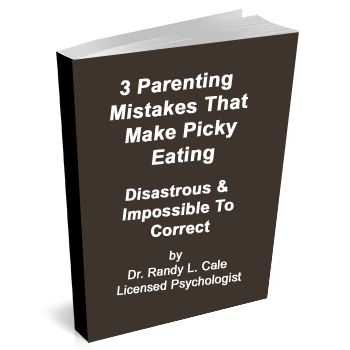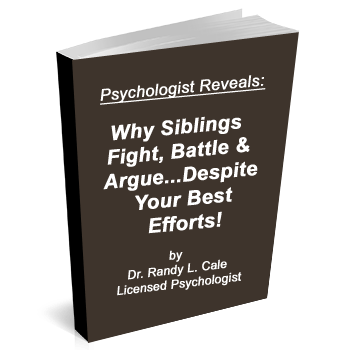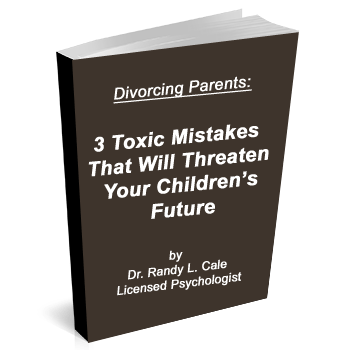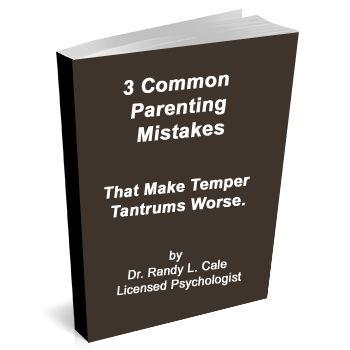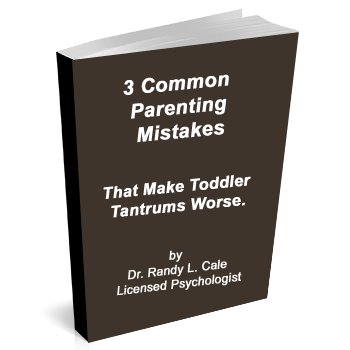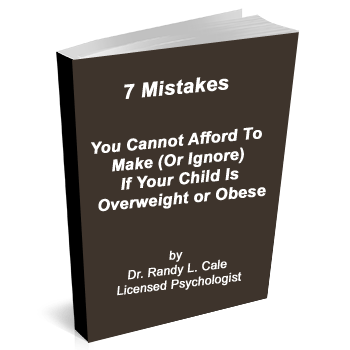In recent years, there is an explosion of children and adults struggling with anxiety disorders. These range from anxiety disorders that are uncomfortable to those that lead to disabling fears and panic symptoms. Turning to medications for a solution is often filled with both short- and long-term side-effects and questionable utility, although at other times useful in the urgency for immediate relief.
Historically, some psychological treatments have been effective, with cognitive-behavioral approaches, tapping techniques, and Neurofeedback all having solid success.
In our practice using Neurofeedback to change brain waves, we have found that optimal results are found when clients embrace the critically important role of respiration or breathing. As bizarre as it sounds, they must learn HOW to breathe to feel better.
Why Breathing Matters
In the past, common advice was offered that was overly simplified. Comments such as, ‘just take a deep breath,’ were well-intentioned, but of limited value. Yet, this was a pointer to how important breathing is for the mind and body to be settled.
More recently, solid research (as well as my clinical experience) confirms the role that breathing plays in shaping our emotional states. Historically, we viewed the short, rapid breaths associated with anxiety states as a consequence of fear and anxiety, but not a possible interactive contributor to anxiety.
We now know our breathing plays a vital role in what the brain is doing, as well as the body. Here’s a short summary of how that happens.
Breathing Influences the Heart
How we are breathing directly shapes the heart rhythm. This is not a minor influence but rather breathing exerts powerful control over the heart. And this is not just the pace of the heart, going from faster to slower. Instead, HOW we breathe shapes the rhythm of the heart.
While the details are a bit complex, the important takeaway here is that the rhythm of the heart can be shaped by breathing, and that very rhythm can become very smooth and at the same time, more variable. This, as it turns out, is a very good factor for our health.
There is an evolving literature base that examines what is called, ‘Heart Rate Variability’ or HRV. The variability between heartbeats turns out to be a significant indicator of both our current state of emotional health, but also a very strong predictor of our overall physical health and longevity.
And, more critically, we can shape this with our breathing.
The Heart Inform the Brain More than the Brain Shapes the Heart
It now appears that 85% of the messages running through the vagal nerve run from the heart to the brain, and not the other way around. Why is this important? This finding emphasizes the role the heart is playing in the condition of the brain. When anxious for example, the heart rhythm is speaking strongly to the brain. In fact, VERY strongly to your brain!
In our Neurofeedback clinic, we can observe the influence that breathing plays on the brain, changing the very dominance of our Beta brain waves from one side to the other.
When this changes, our brains tend to move toward a more easeful and settled state, letting go of anxiety and fears. Thus, we can bring these powerful breathing changes to bear upon the brain and greatly aid in the transformation of the brain to experience calmer and ease.
The Brain Now Signal the Body to Relax
Of course, the brain does play a role here. And it is, in many ways, the ultimate player we are interested in shaping. Because when the brain is getting these signals from the heart, and the Beta brain waves change, our emotions change and our body changes. In essence, the brain gets on board and signals back to the heart to confirm that ‘all is okay.’ The brain also signals the rest of the body to relax and realize that there is no threat at this moment.
Heart Rate Variability Breathing Brings It All Together
The essential lesson here is rather simple. Breathing patterns shape the heart rhythm, and these rhythms communicate vital messages to the brain about whether we are in a fight-flight world (filled with anxiety) or a safe world (where we can relax). When we are stressed, anxious or in a panic-driven state, our breathing will be shortened, shallow and frequent. These tell the heart that we are in the fight-flight mode, which again, tells the brain to maintain a stressed-out state.
We can influence this state dramatically when we can our breathing. The key is learning how to breathe a bit more deeply, more slowly, and more rhythmically…with equal time breathing in and breathing out. The optimal HRV breathing rate is about 5.6 to 6 breaths per minute. (If you go to CapitalDistrictNeurofeedback.com, you can find video guidance on how to breathe.)
The bottom line is this: Practice HRV breathing for 5-10 minutes several times a day if you have severe anxiety. It may take a day or two to get the hang of it, but it will come.
Note: Please do not email me with something like, “I can breathe that way.” Why? Well, because you can. It will be alien to your system if you are in an anxious state. And thus, it will take practice. The body is amazing, however, and I see my clients master this process in just a few days with a smidge of disciplined practice. Do it, and don’t whine about it ; ).
Sincerely, I want you or your family to get relief, and this is a powerful tool. And practice makes perfect. So please practice.
In next week’s article, I will expand upon how to use an expanded version of HRV to not just relieve anxiety, but to enhance optimal performance, whether on the course, in the boardroom, or in the classroom.







